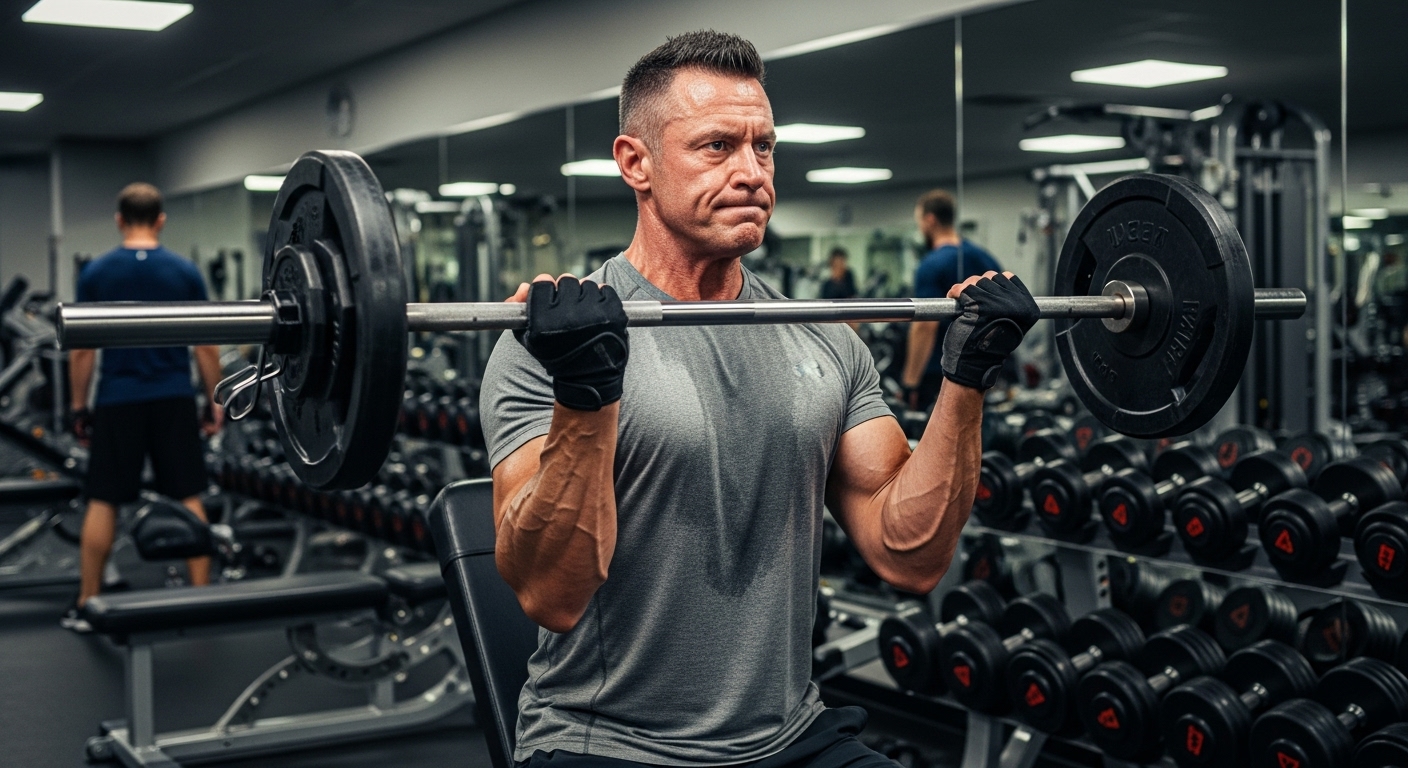Dr. Kumar’s Take
This meta-analysis makes it clear that testosterone therapy is not just about libido or energy. The consistent finding is that testosterone increases lean body mass and improves strength. That matters for men with hypogonadism, older adults with sarcopenia, and anyone concerned about frailty as they age. The dose, duration, and patient selection still matter, but the biological signal is strong: testosterone supports muscle health.
Key Takeaways
✔ Testosterone therapy consistently increased lean body mass in men.
✔ Strength gains were present but varied depending on the muscle group tested.
✔ The effect size was moderate, supporting clinical benefit in hypogonadal men.
✔ Longer treatment durations showed greater improvements.
Actionable Tip
If you or someone you know is experiencing low testosterone and muscle loss, ask your doctor about having testosterone levels checked. For men with clinically low levels, replacement therapy may support muscle health alongside regular strength training and proper nutrition.
Brief Summary
This systematic review and meta-analysis pooled randomized controlled trials that investigated testosterone replacement therapy in men. Across studies, testosterone increased lean body mass by several kilograms and improved muscle strength, especially in the legs and grip. While strength gains were more variable than mass increases, the overall pattern showed a clear anabolic effect. The therapy was well tolerated in most participants.
Study Design
Researchers analyzed randomized controlled trials that studied testosterone replacement in men with low or borderline testosterone levels. Outcomes focused on lean body mass measured by DXA or similar imaging and muscle strength tested by leg press, bench press, or grip dynamometry. The analysis included both short-term and long-term studies, allowing for comparisons by treatment duration.
Results
- Lean body mass increased consistently across trials, with average gains of 2–5 kg.
- Muscle strength improved, particularly in leg press and grip strength measures, though upper body strength gains were less consistent.
- Longer treatment durations (more than 6 months) were linked to stronger results.
- Side effects were minimal, though some trials noted hematocrit increases requiring monitoring.
How Testosterone Supports Muscle Growth
Testosterone acts on muscle tissue by binding to androgen receptors, stimulating protein synthesis, and reducing protein breakdown. It also enhances satellite cell activation, helping muscles adapt to resistance training. This dual action explains why both muscle size and functional strength improve with therapy.
Related Studies and Research
Podcast: Testosterone Replacement Therapy Explained – Clear overview of dosing, safety checks, and who benefits.
Muscular Responses to Testosterone Differ by Route – Injections, gels, and oral forms compared for muscle outcomes.
Testosterone Therapy and Sexual Function – Improvements in libido, erections, mood, and energy.
Harmonized Testosterone Reference Ranges – What “normal” means across large US and EU cohorts.
Frequently Asked Questions
How quickly does testosterone therapy build muscle?
Most trials found measurable increases in lean body mass within 12–16 weeks. Strength gains can be seen in the same time frame but often become more obvious after 6 months.
Is exercise required to see results?
Testosterone alone increased muscle mass, but the greatest gains in strength occurred when therapy was combined with resistance training.
Are there risks to testosterone therapy?
The main risks are increased hematocrit, acne, and potential changes in prostate health. Regular monitoring is recommended.
Who benefits the most from testosterone replacement?
Men with documented hypogonadism and symptoms such as fatigue, loss of muscle, and low libido appear to gain the clearest benefit. Healthy men with normal levels should not use testosterone for enhancement.
Conclusion
This meta-analysis confirms that testosterone replacement therapy builds lean body mass and improves strength, particularly in men with low testosterone. These benefits are clinically meaningful for reducing frailty, improving quality of life, and supporting independence with age. For patients with true deficiency, testosterone therapy remains an evidence-based option worth discussing with a healthcare provider.


